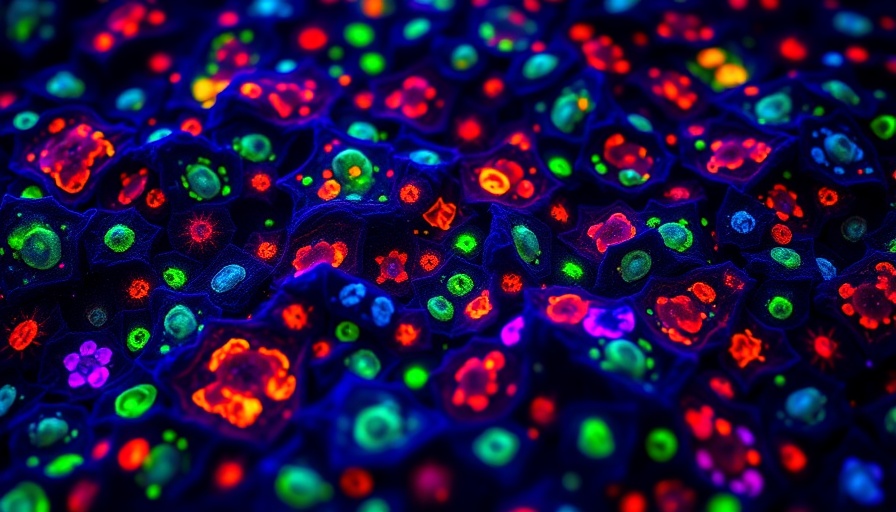
Understanding the CDC's Autism Prevalence Findings
Recent statistics from the CDC reveal a staggering increase in autism prevalence, soaring from a mere 0.05 percent in 1990 to 3 percent in 2022. This rise raises important questions about diagnosis, genetics, and the broader implications on health policies. Many experts argue that this increase is largely due to improved detection methods rather than actual rises in cases. In California, for instance, a 2022 reported prevalence of 6 percent among 4-year-olds highlights how trained pediatricians can impact diagnostic outcomes significantly.
Misconceptions and Myths about Autism Causes
Among the most striking misconceptions surrounding the rise in autism diagnoses is the belief that environmental factors, particularly vaccines, are the principal culprits behind this increase. The head of the U.S. Department of Health and Human Services, Robert F. Kennedy Jr., championed this viewpoint, suggesting that the increase should not merely be seen as diagnostic advancement. However, decades of research indicate that environmental exposures contribute to less than 20 percent of autism cases, while genetic factors account for approximately 80 percent. This misdirection not only devalues rigorous scientific research but may also hinder further understanding of autism.
What the Research Actually Reveals
Research overwhelmingly supports the position that genetic underpinnings are crucial to understanding autism's complexities. Many recent studies focus on how genetic variants interact with environmental factors, illustrating that the relationship is far more intricate than previously understood. For example, maternal health conditions during pregnancy can significantly influence a child's likelihood of being diagnosed with autism. Evidence shows that children born to mothers who suffer specific health issues, like untreated infections or diabetes, face higher risks. Thus, the conversation shifts from incorrectly attributing the rise to external factors alone, which paints an incomplete picture.
The Role of Maternal Health in Autism
A critical area often overlooked in the discussion about rising autism rates is maternal health. Prenatal exposures, particularly concerning medications like the drug valproate, have been found to dramatically raise autism risk. Children exposed to valproate during pregnancy exhibit a 4.42 percent higher likelihood of autism diagnosis. Furthermore, the historical context provides perspective; vaccination advances, such as the MMR vaccine, have drastically reduced cases of congenital rubella syndrome, which previously contributed to autism diagnoses significantly in the past two decades. This shows how improved healthcare can also yield positive outcomes in reducing the prevalence of autism.
The Call for Comprehensive Research Funding
Looking forward, directing funding towards understanding autism's genetic and environmental interplay is crucial. NIH Director Jay Bhattacharya recently voiced intentions to solicit research proposals aimed at elucidating autism's causes. It is vital that funding is utilized judiciously to support ideas rooted in established scientific inquiry rather than those only based on controversial beliefs. This could open doors for groundbreaking discoveries paired with practical solutions based on genetic insights and maternal influences, thereby advancing the dialogue around autism and its complexities.
Conclusion: A Need for Evidence-Based Dialogue
As the autism conversation progresses, it's essential to encourage a narrative that grounds itself in scientifically validated findings rather than sensationalist claims. The increase in autism diagnoses warrants attention, indeed, but not through misleading theories that detract from evidence-based approaches. We should remain focused on the tangible factors influencing autism's rise and advocate for comprehensive research that recognizes genetic influences while also exploring any potential environmental interactions. Only then can we work towards an informed public dialogue that empowers families and advocates for scientifically-grounded policies in healthcare.
 Add Row
Add Row 

 Add
Add 


Write A Comment